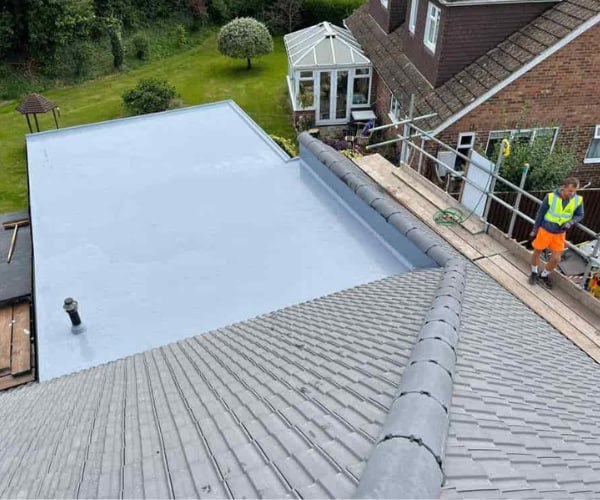Pros and Cons of Lead Alternatives for Flashing
Introduction: Lead flashing has long been a popular choice for waterproofing and weatherproofing in the construction industry. However, in recent years, concerns about lead’s environmental impact and cost have led to the development and adoption of alternative flashing materials. In this blog post, presented by SM Roofing Hatfield, we’ll explore the pros and cons of lead alternatives for flashing, helping you make informed decisions regarding your roofing projects.
Pros of Lead Alternatives
- Environmentally Friendly: One of the most significant advantages of lead alternatives is their reduced environmental impact. Lead is a heavy metal that can harm the environment if not properly managed. Lead-free alternatives are more eco-friendly and can help reduce the release of harmful toxins into the environment.
- Cost-Effective: Lead can be expensive, and its price can fluctuate. Lead alternatives are often more cost-effective, making them a budget-friendly option for roofing projects.
- Lightweight: Many lead alternatives are lightweight, making them easier to work with and install. This can lead to reduced labour costs and shorter installation times.
- Corrosion Resistance: Some lead alternatives, such as aluminium and zinc, are highly resistant to corrosion, ensuring long-term durability and protection against the elements.
- Recyclable: Lead alternatives like aluminium and zinc can be recycled, reducing waste and creating a more sustainable roofing solution.
Cons of Lead Alternatives
- Limited Color Options: Lead alternatives may have limited colour choices compared to lead, which can be patinated to develop a unique appearance over time.
- Initial Learning Curve: Roofing professionals may need time to familiarise themselves with the installation techniques specific to lead alternatives, as they can differ from traditional lead flashing.
- Potential for Galvanic Corrosion: There’s a risk of galvanic corrosion when using lead alternatives alongside other metals, such as copper or steel. Proper precautions and materials selection can mitigate this issue.
- Durability Variability: The durability of lead alternatives can vary depending on the material chosen and the manufacturer. It’s essential to select high-quality alternatives to ensure long-lasting performance.
- Regulatory Compliance: Regulations regarding lead alternatives may vary by region. It’s important to check local building codes and regulations to ensure compliance with the materials you choose.
Conclusion: Choosing between lead flashing and lead alternatives for your roofing projects involves considering a range of factors, including cost, environmental impact, and durability. While lead has a long history of effective use in the construction industry, lead-free alternatives offer several advantages, particularly regarding sustainability and cost-effectiveness.
Call us on: 01302 430 895
Click here to find out more about SM Roofing Hatfield
Click here to complete our contact form and see how we can help with your roofing needs.

